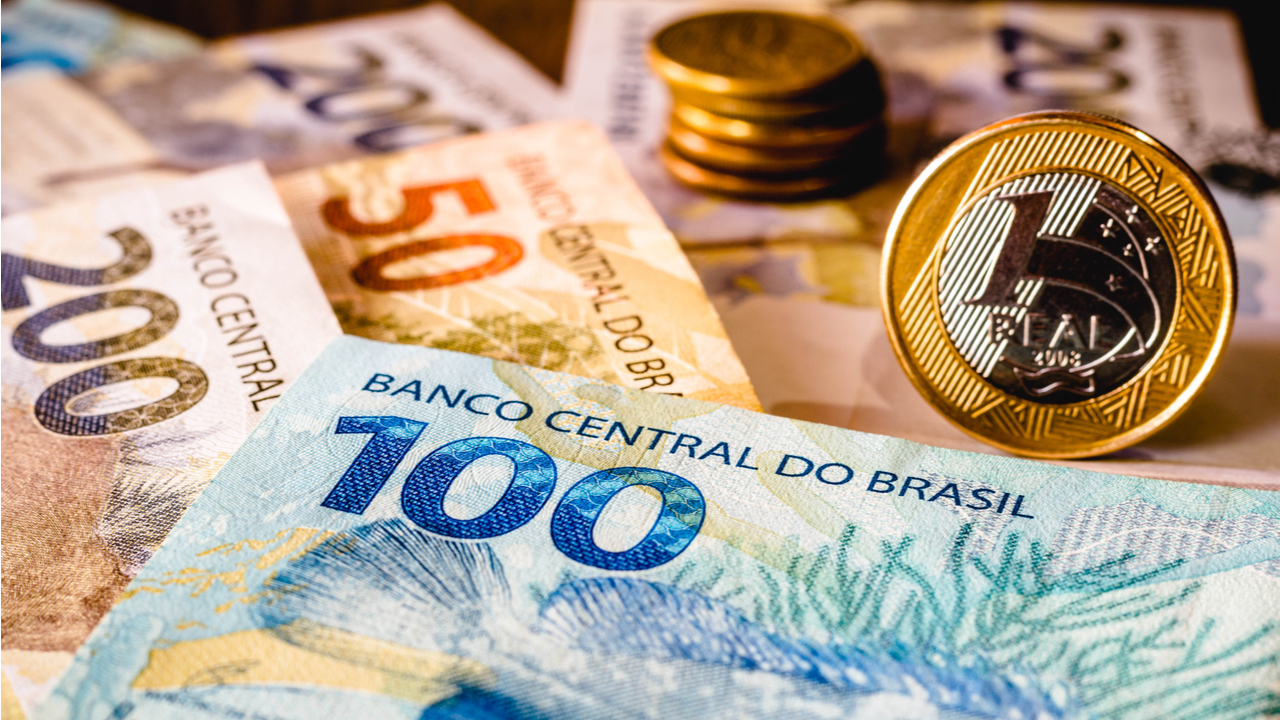Roberto Campos Neto, president of the Bank of Brazil, explained the role that the Brazilian central bank’s digital currency (CBDC), the digital real, could play in the future of personal finance. At an event, Neto explained the concept of “open finance”, showing a “super app” that featured PIX (a payment network) functionality, and also integration with other stablecoins already available.
Digital Real can be linked directly with cryptocurrencies
The proposed Brazilian CBDC, the digital reality, is apparently growing to have more and more functions. Roberto Campos Neto, president of the Bank of Brazil, showed the bank’s concept for the finished version of the currency. On November 25, Campos Neto introduced at an online event the ideas that the institution has for the currency, under the name “open finance”.
This idea includes the integration of the digital reality, which is still evolving, with traditional and decentralized financial structures and institutions. A “super app”, which will allow customers to hold stablecoins and CBDC, was also shown at the event, showing the connection the system will have with the already available PIX payment network.
On the app mockup, Campos Neto explained:
This is basically a teaser for what this integration I’m talking about will be. Instead of having several apps on your mobile, from several banks, you want some kind of integrator.
In this way, the app will allow users to get a complete picture of their savings, traditional or crypto-based, in just one place.
A push for digitalisation
While the digital real concept has been in development for quite some time, there is no estimated date for its completion, as the central bank and other organizations continue to test the various implementations and functions this new coin would have. However, Campos Neto stated that the currency will be a bridge to decentralized finance, as the country pushes towards monetary digitization.
About this, Campos Neto explained:
The digital real part is a bridge to the defi environment. We bring the digital world to the banking system. Several other central banks do the opposite. They are actually pushing digital out of banking.
But contrary to what Campos Neto states, several central banks’ digital currencies are already being tested by countless central banks. The European Union is currently studying the implementation of a digital euro and is expected to regulate it soon. The Federal Reserve Bank of New York is also piloting an interoperable network of central banks’ wholesale digital money, and a proposal has risen in Argentina to eliminate physical money.
What do you think of Campos Neto’s open economy concept for the digital reality? Tell us in the comments section below.
Sergio Goschenko
Sergio is a cryptocurrency journalist based in Venezuela. He describes himself as late to the game, entering the cryptosphere when the price spike occurred during December 2017. He has a computer engineering background, lives in Venezuela and is influenced by the cryptocurrency boom on a social level, offering a different point of view on crypto success and how it helps the unbanked and underserved.
Image credit: Shutterstock, Pixabay, Wiki Commons
Disclaimer: This article is for informational purposes only. It is not a direct offer or solicitation of an offer to buy or sell, or an endorsement or recommendation of products, services or companies. Bitcoin.com does not provide investment, tax, legal or accounting advice. Neither the company nor the author is directly or indirectly responsible for damages or losses caused or alleged to be caused by or in connection with the use of or reliance on content, goods or services mentioned in this article.



